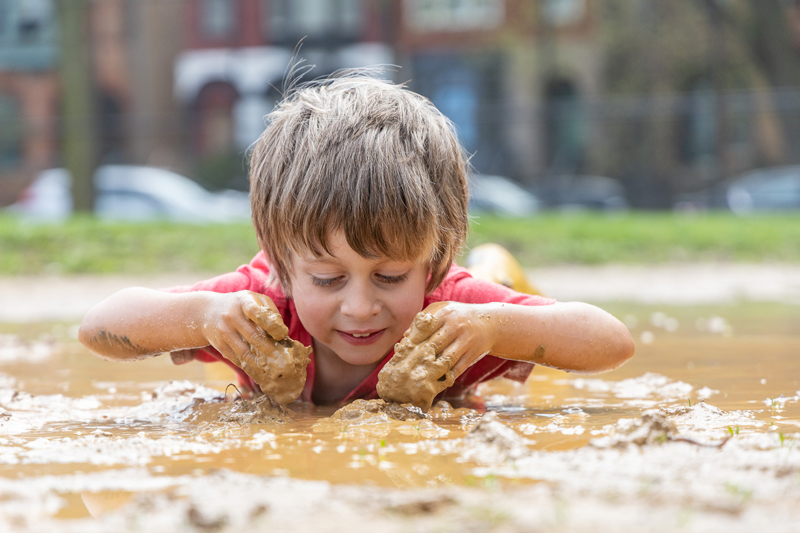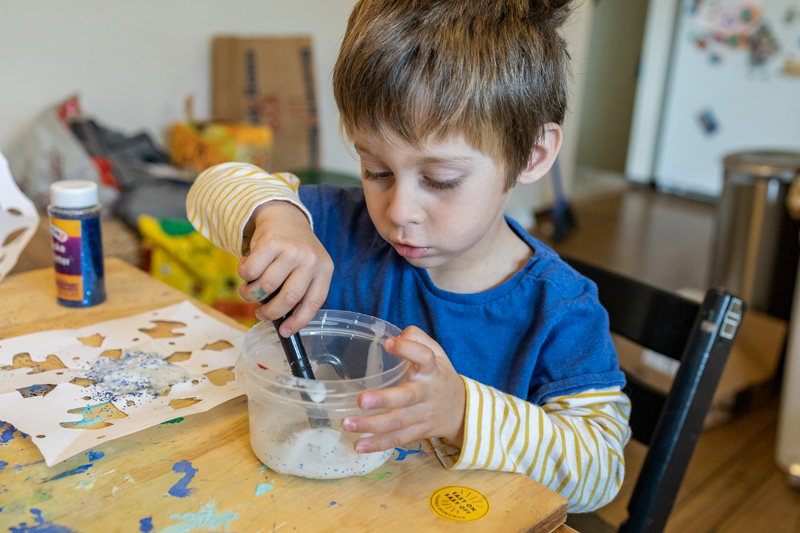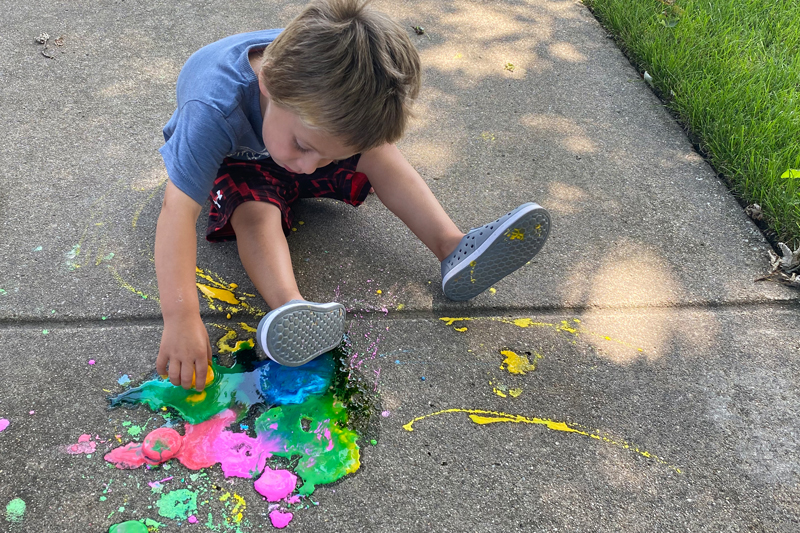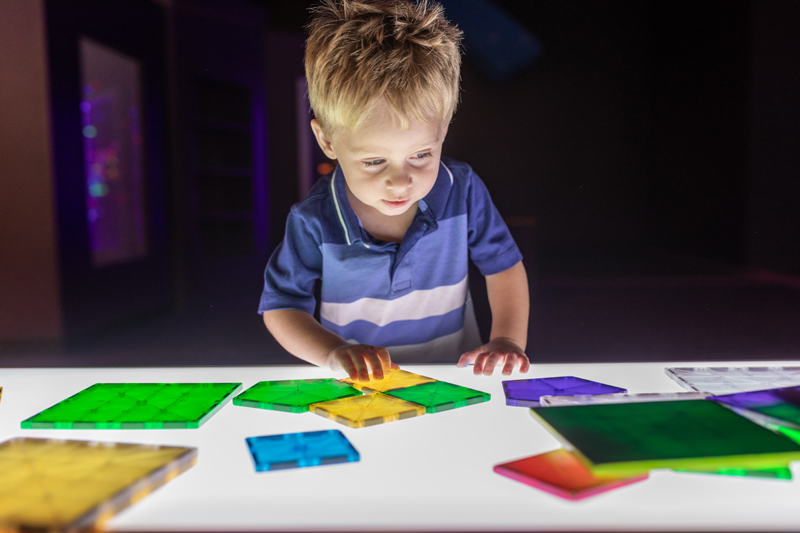Wild Wonders | Saturday, April 27

Wild Wonders | Saturday, April 27

By Alix Tonsgard, MS, Early Learning Specialist, DuPage Children’s Museum

Creativity is messy! That is one of our favorite tag-lines here at the Museum and I want to take some time unpacking it with you. I wonder how many of you hear that and automatically think about an actual, physical mess? Like paint or shaving cream, or the floor strewn with LEGO® blocks, or a little one knee deep in a muddy puddle. While this certainly can be a part of it, I’d like to challenge you to see beyond the physical mess and think about thought processes.

You see for me, the physical mess is just the physical representation of what is going on inside of a person’s brain (child or adult). Everything starts with an idea. How often do you think that idea manifests itself into a product in a straight line? What do you think the process of creating the first computer looked like? I’m guessing in one way or another that it was epically messy.
This is why when I talk to educators and parents about what we do at the Museum, I always spend a lot of time on my soapbox about how critical it is that we provide children with environments that encourage them to play with ideas and promote failure. Why failure? Well, failing or encountering problems or roadblocks in your process, is how children work on developing persistence and critical thinking skills.

Think about it… A child has an intended outcome in mind. They try to build or create something that looks like or does what they are hoping. When it doesn’t come out as planned, we want them to be able to take a step back, analyze the situation, think about why it didn’t work, different ways to approach it, and to test their theories.
This is higher level thinking, my friends. This is complicated stuff! This is the makings of engineers, artists, even policy writers. The thing is, playing with ideas like this is risky business. It requires a degree of vulnerability. Children need to feel safe in order to put their ideas out there in this way. Do you know what kind of environment tends to provide this level of intellectual safety? One that is playful and sparks curiosity.
When children play, they tend to be in a relaxed state even if the play gets intense. They are allowing themselves to get lost in doing something that they want to do, something that they enjoy. They are not typically thinking about who is watching or critiquing them. This is one of the reasons that play is such a powerful space for a deep level of thinking and learning.

This knowledge goes into designing every experience that we provide children with at DCM. We strive to create spaces and experiences that spark a child’s curiosity and ignite the drive to know what is going to happen when they experiment with this. At the same time, we always plan for failure. Not over and over until a child gets so frustrated that they just give up, but enough so that they have to do some active problem solving. This is the foundation of all future learning. A child who develops persistence, strong problem solving skills, and the ability to play with ideas and think creatively is equipped with the tools for a lifetime of success.
About Alix
Alix Tonsgard is the Early Learning Specialist at DuPage Children’s Museum. She holds an MS in Child Development from the Erikson Institute. Acting as the Museum’s advocate for early childhood development and learning, she ensures that the latest research in Early Childhood Education is represented in all Museum exhibits, professional development initiatives, and public programs.

